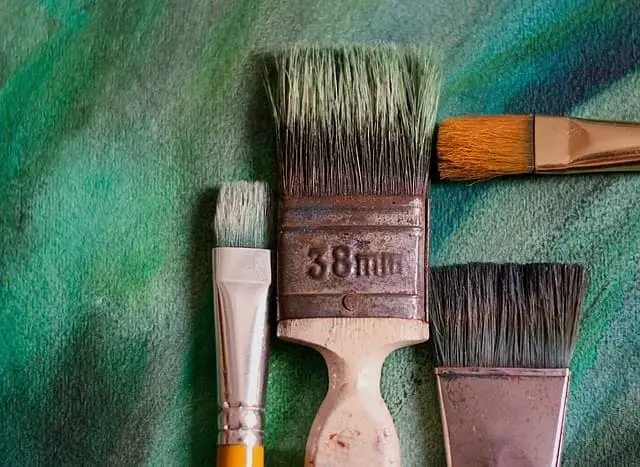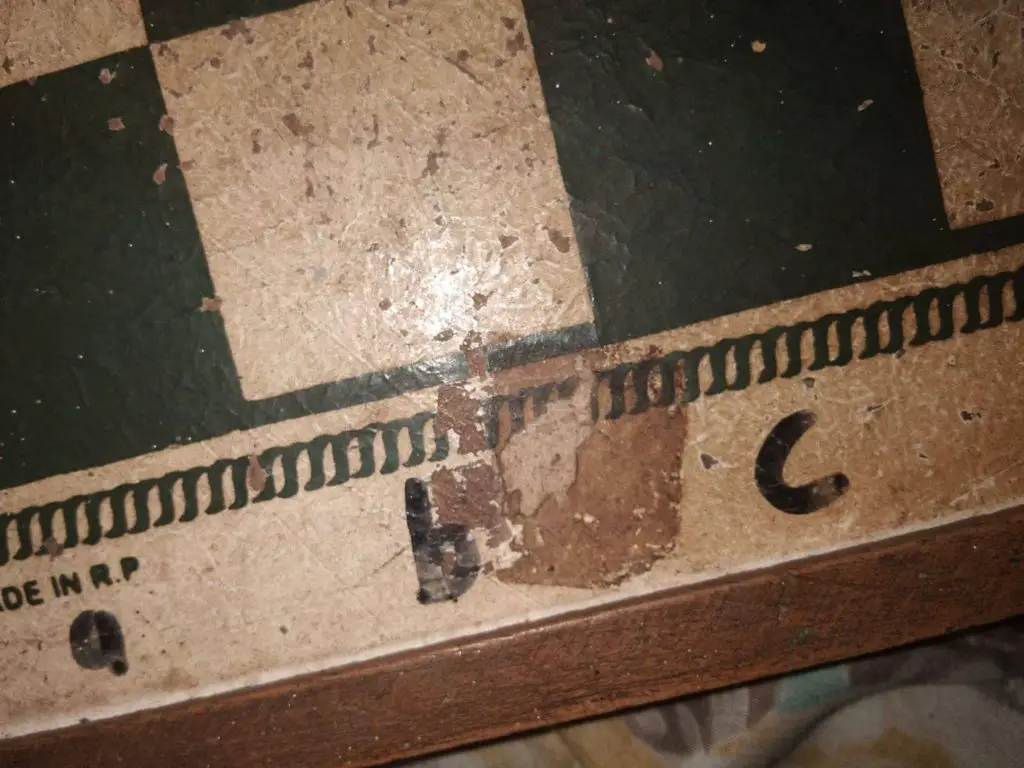A simple guide to properly clean a Wooden Chessboard
A systematic way to clean a chessboard includes using a brush to apply warm water, adopting a mixture of water/vinegar or chalk when dealing with sticky dirt, and thoroughly wiping with a tissue or a soft cloth.
Such should also be stored in a dry place away from direct sunlight and moisture presence.
A chessboard is the primary component of chess vulnerable to dirt and oils from continuous play, especially the wooden one. Believe it or not there are some caveats to consider in cleaning a chessboard.
Properly cleaning a chessboard will determine its overall longevity. If you don’t want to buy a new one every now and then, reading my advice is important. This is especially true if you have an expensive chessboard, something that is not as replaceable.
This is my advice on how to properly carry on this process, making sure you don’t damage the board along the way.
Here’s the complete process on how to effectively clean a wooden chessboard:
1.) Wet with warm water
Water is still the best solution to wipe out excess oils and dust that accumulates on any surface, I recommend using a warm one.
Too hot and it may have enough viscosity to damage the outer layer of the board’s design, a very unfortunate thing.
Too cold then it may be porous enough to seep deep inside the wood possibly taking a long time to dry.
I suggest using your tongue to test the temperature, it is sensitive enough to identify warm water.
2.) Use a brush when applying liquids

The next question would be how do we apply the liquids? So should we just pour the damn thing altogether and hope it’ll be ok?
No, use a brush! Water is a tricky substance and may dissipate into areas you don’t want it to belong.
The brush also helps with determining the right quantity of water to use, too much and it’ll cause problems.
Plus, the precision to reach really tight hidden spaces of the board can help you clean it entirely.
3.) Clean the tiles one by one
This is the most important part of the chessboard since it is the one that will be noticed the most.
Stroke the brush one by one in each of the tiles, ensure that there are no dust and residues left.
There should be a lot in this section, after all, it is where the pieces reside and also make up the outside when the box gets folded.
We want to be sure that no individual tile remains untouched, everyone should have the same treatment.
4.) Wipe the edges
Next let’s move on to the sides of the board that holds the thing together, the edges.
Dirt should be your main concern here but also dust since it is also on the outside when the box gets folded.
You should also encounter the lock which is within these areas, which you need to ABSOLUTELY avoid since can get rusted (with liquids).
I advise dry cleaning the lock by blowing residues, or just using your hand to pick up the dirt (it is metal so don’t worry about damages).
5.) Expose hidden parts
This is the part that most people completely miss when cleaning their wooden chessboard, the hidden spaces!
This constitutes the extra spaces diverting the inside and outside of the board, as well as the small deep holes along the edges.
The dirt in this area can accumulate to become (dirt) cotton balls, or even sticky dirt, making it harder to remove.
A simple stroke of the brush would ensure that the thing is cleaned without giving chance for any particles to turn into something ugly.
6.) Rub thoroughly
Don’t just lightly hit the area you’re cleaning, press with a little force since the brush can’t possibly cause problems.
Shine every inch that you can without worrying much since again, you’re using a brush (just don’t use it on the lock).
Also, utilize it to reach the hidden spaces that I’ve talked earlier, the bristles should be small enough to slide through.
I bet you won’t clean the chessboard frequently, so you better make the few times worth it.
7.) Use a tissue or a soft cloth when drying
One of the most important thing why this article is even necessary, to avoid harming the board!
Any rubbing motion on a weak surface can cause the layout to fall and the colors to fade, a soft cloth or tissue should do the job.
This would impair any forceful presses we can have that could cause problems, especially if it’s really wet and we want to dry it quickly.
Also, these materials can readily absorb liquids, making the work easier and faster.
8.) Dry clean the insides
Another stuff that most people miss, which is actually cleaning the inside of the board.
This is the part where the pieces get stored in which dust and oils (from your hand to the pieces) could also accumulate.
Never ever use liquids when washing the residues inside the board, its wooden materials usually cannot handle dampening (it will get absorbed).
Lightly blowing residues or even just using a soft cloth is highly recommended, those can limit damage.
9.) Implement tactics with sticky dirt
Removing sticky dirt on the board is definitely the trickiest part of cleaning the thing since we can harm the design.

You can treat it the same way sticky dirt could be removed in the walls since we both want to remove it but not cost headaches.
Simply using chalk like stated above could actually work with the composition of your own wooden chessboard, although it may not apply to all.
Some websites even recommend water with vinegar, although I have not tried it myself.
10.) Don’t rub the sticky dirt
Just a heads up that I want to express based from experience, do not force rub a sticky dirt!
It’s a calling for disaster, the surface area will definitely experience deterioration.
Instead use the chalk or the water/vinegar combo just as suggested above, if not then find safe alternatives.
Just go on Google and type “how to safely remove sticky dirt” or something, experiment and find the one that works for you.
11.) Never use soap and detergents
This is similar to the concern I’ve brought above, don’t use soap and detergents on wooden chess boards!
The composition of these substances will definitely affect the colors and longevity of the design, something we don’t want.
Instead find tactics, dry clean or use the warm water method over and over, but never use detergents.
It would save you a lot of time wondering why your wooden chess board suddenly becomes unusable.
12.) Blow the residue
After removing the stickiness of the dirt, dust should be all over the place lurking within the board.
We don’t want to leave it there to give it another opportunity to clump and form into another mess to be cleaned.
You don’t need a blower or anything fancy like that, a good mouth should be enough to blow remaining particles.
Go through every individual area including the hidden ones, make sure that nothing is left to give us regrets.
13.) Don’t store at direct sunlight
After cleaning the thing and giving it a nice new look, it might be tempting to let it dry by some exposure to sunlight.
It is one of the worst absolute mistake, it would definitely cause more harm than good (colors will fade).
Instead again, just use a tissue or a soft cloth if you really want to speed up the process (since it’s much safer).
If you use a tissue for example thoroughly, it should be more than enough to accomplish your goal.
Final thoughts
A wooden chess board is one of those run-of-the-mill versions of any chessboard, learning how to maintain it is a must.
And cleaning is one of the part of those maintenance, which every owner should eventually learn.
Of course different things may work for different people, these are just my recommendations that have worked for me.
Sleep well and play chess.
